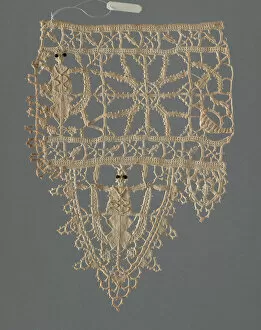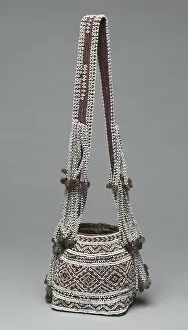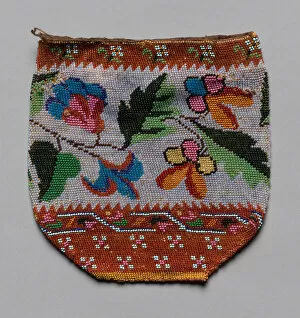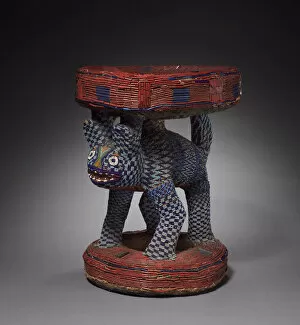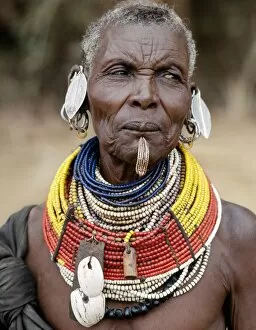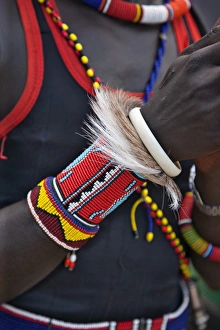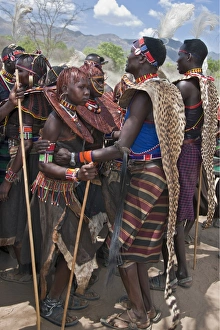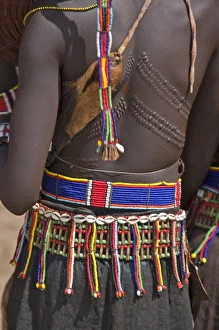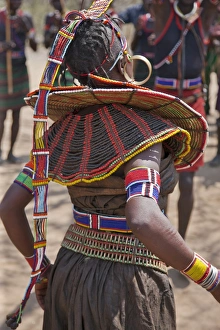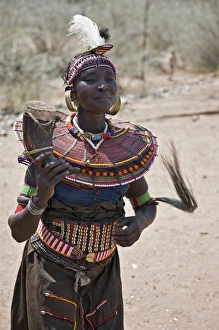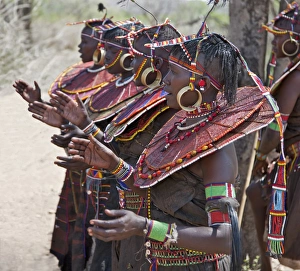Glass Beads Collection
Glass beads have a rich history and cultural significance, as seen in the vibrant adornments worn by the Pokot tribe
All Professionally Made to Order for Quick Shipping
Glass beads have a rich history and cultural significance, as seen in the vibrant adornments worn by the Pokot tribe. These pastoralists from Southern Nilotic speak volumes through their traditional beaded ornaments, showcasing their unique identity. A Pokot man proudly displays his heritage, donning these intricate accessories that reflect his tribal roots. In another celebration of tradition, a Pokot warrior leaps gracefully into the air while encircled by young women during an Atelo ceremony. The cheetah skin he wears symbolizes strength and agility, complementing the beauty adorning his attire. Not only do glass beads hold importance within indigenous cultures like the Pokot's, but they also find themselves embedded in various art forms across different regions and eras. An intriguing 17th-century English artwork titled "Orpheus Charming the Animals" depicts enchantment brought to life through delicate beadwork. Similarly, French craftsmanship shines through a stunning chasuble from around 1700 adorned with exquisite glass bead embellishments. Traveling further back in time to Italy during the 16th and 17th centuries reveals more captivating uses of glass beads. Intricate insertions and borders created by unknown artisans showcase their mastery over this medium – transforming fabric into works of art that transcend time. Even religious narratives were beautifully captured using needlework techniques incorporating glass beads; an anonymous artist skillfully depicted Adam and Eve in seventeenth-century England using this delicate craft. The versatility extends beyond clothing or decorative pieces; it even finds its way into everyday objects such as pipe bags or children's caps throughout European history – adding a touch of elegance to functional items. These antiquities recently added to the British Museum serve as tangible reminders of our shared human heritage – artifacts lovingly crafted by unknown hands now preserved for generations to come. From tribal traditions to artistic expressions spanning centuries, one thing remains clear: Glass beads possess an enduring allure that transcends time, cultures, and borders.









